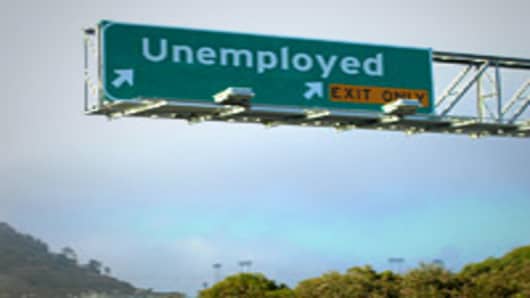In addition to the economists working on the proposal, some heavyweights support the concept, including the Nobel laureate Edmund S. Phelps, Dani Rodrik of Harvard and former Labor Secretary Robert B. Reich.
One version of the approach, to be unveiled next week by the Economic Policy Institute, a labor-oriented research organization, would give employers a two-year tax credit if they increased the size of their work force or added significant hours of work (for example, making a part-time worker full time). Employers would receive a credit worth twice the first-year payroll tax for each new hire, amounting to several thousand dollars, depending on the new worker’s salary.
“It’s beautiful if it can be timed at a dire moment like this, when unemployment is way too high and appears to be going somewhat higher,” said Mr. Phelps, an economics professor at Columbia, lamenting that the president dropped it from the $787 billion stimulus plan approved in February. “But it’s a pity that this wasn’t done a year ago.”
One of a number of ideas being discussed, the policy is intended to encourage companies to start hiring again by making it cheaper to add new workers. It has raised concerns, though, that employers might try to exploit the system.
States have dabbled with similar tax credits in recent years, with mixed results. The federal government last tried this measure in 1977-78. During that period, employment — which had been soft from the 1973-75 recession — climbed at a record pace. The creation of one out of three jobs that was awarded the credit then was attributed directly to the policy. But the permanence of those jobs was less clear, and some dispute how many of those positions would have been created eventually anyway.
Supporters say that improvements upon the 1970s policy would increase its potency. These include better publicizing the credit; making it available even to concerns that are not making money, in the form of a direct payout to nonprofits and companies in the red; and distributing the credit quarterly so that companies see it sooner.
Timothy J. Bartik, a senior economist at the Upjohn Institute for Employment Research who is working on the draft with John H. Bishop of Cornell, estimates that it would cost about $20,000 for each job created.
But some dismiss the idea as corporate welfare.
“Some bad ideas never go away,” said Howard Gleckman, a senior research associate at the Urban Institute. “It’s just providing incentives to lots of companies that probably aren’t going to make it in the end anyway.”
Under the proposal from Mr. Bartik and Mr. Bishop, the credit in the first year would equal 15.3 percent of the cost of adding an employee. In the second year, it would fall to about 10.2 percent.
For example, hiring a worker might cost a small business $50,000 annually. But with the tax credit, the cost would fall to $42,350 in the first year, and then be $44,900 the next year. After that, the cost would return to $50,000.
The credit would apply only to the portion of an employee’s salary under $106,800. Lowering the cap further, however, could provide an even greater benefit to low-wage, unskilled workers.
The authors estimate their proposal could create more than two million jobs in the first year.
“Businesses like those provisions that reduce the hurdle rate that you have to surmount in order to make an investment — like an employee — a profitable investment,” said Robert Willens, president of a tax and accounting advisory firm in New York.


